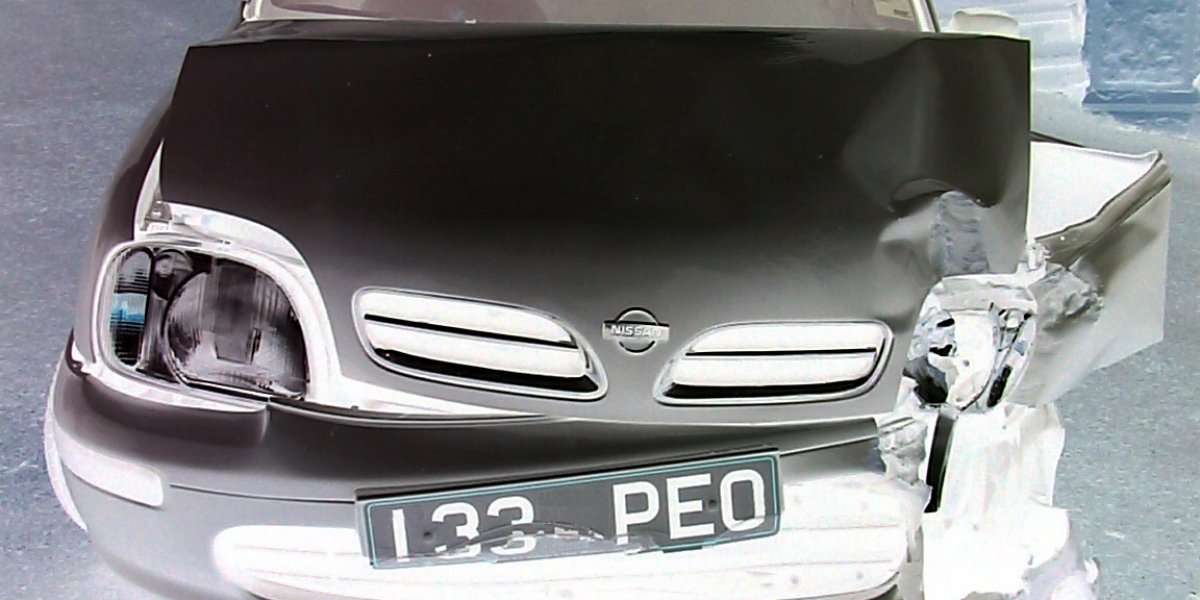Electrostatic Precipitator Market Trends - Key trends include hybrid ESP systems, digital monitoring for performance optimization, and replacements of older technologies with energy-efficient designs.
The current trajectory of the Electrostatic Precipitator (ESP) market is defined by several converging trends, largely steered by the global tightening of environmental regulations and technological maturation. One significant trend is the shift toward intelligent operation and control. Manufacturers are increasingly integrating advanced control systems, including sophisticated power supplies and predictive maintenance algorithms, which allow ESPs to dynamically adjust to variations in gas flow, temperature, and dust characteristics. This shift from purely reactive to proactive system management is crucial for maintaining compliance under fluctuating industrial loads and ensures optimal performance, particularly in terms of energy consumption and reliability.
A second major trend involves the growing importance of hybrid and integrated systems. As regulatory bodies impose limits on multiple pollutants, not just particulates, industries are adopting comprehensive flue gas treatment trains. ESPs are frequently integrated with other technologies, such as bag filters (forming an 'ESP-Hybrid' system) or positioned upstream of SO
2
and NO
x
removal systems. This integration minimizes the risk of system fouling, protecting downstream catalysts and scrubbers, thereby securing the overall efficiency of the entire air pollution control complex. This trend underscores the ESP's enduring role as a foundational technology in multi-pollutant abatement strategies.
Furthermore, there is a clear trend focusing on asset life extension and modernization. Given the substantial capital investment associated with new installations, many industrial operators in mature markets are prioritizing retrofits and component upgrades over full replacements. This sustains a robust aftermarket for specialized components, including advanced electrodes, high-frequency transformer-rectifiers, and optimized rapping systems. These upgrades are vital for enabling older units to meet modern, more stringent emission standards for fine particulate matter, effectively providing a second, high-performance life for established infrastructure. The focus is on achieving superior capture efficiency and reduced operational expenditures through incremental, technologically advanced improvements.
FAQs on Electrostatic Precipitator Market Trends
How is the rising demand for managing fine particulate matter affecting ESP design trends?
It drives the adoption of technologies like Wet ESPs and the modernization of Dry ESPs with specialized power management systems to enhance the charging and collection of smaller, more challenging particles.
What is driving the market's focus on service and aftermarket component upgrades rather than solely new unit sales?
The high capital cost and long lifespan of existing ESP infrastructure, coupled with the need to meet newly imposed, stricter emission standards without major plant shutdowns, make retrofitting an economically attractive solution.
In what ways is digitalization impacting the day-to-day operation and maintenance of modern ESP systems?
Digitalization enables remote monitoring, real-time diagnostics, and the implementation of predictive maintenance schedules, significantly reducing unscheduled downtime and optimizing system performance based on operational data.
More Relate Reports:
Primary Lithium Battery Market








